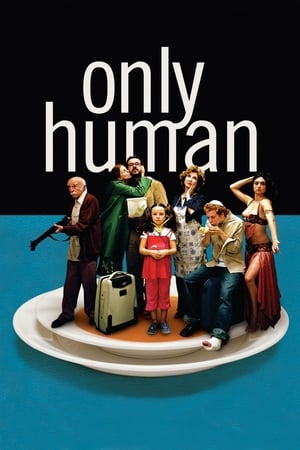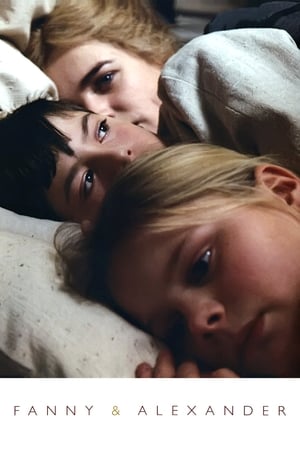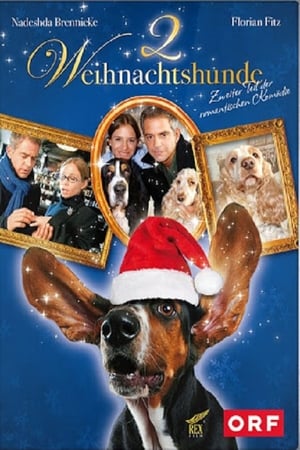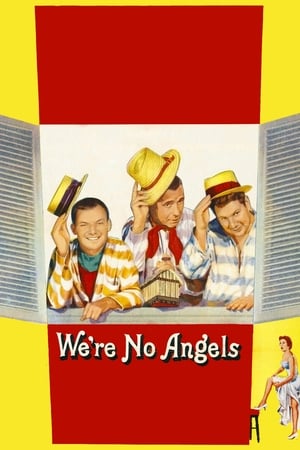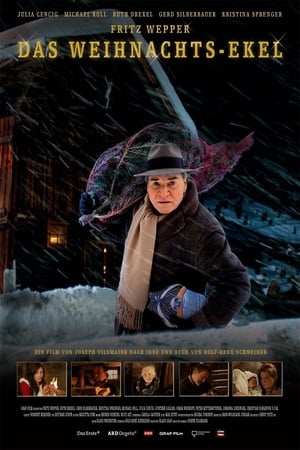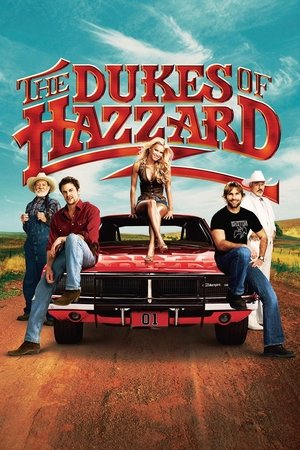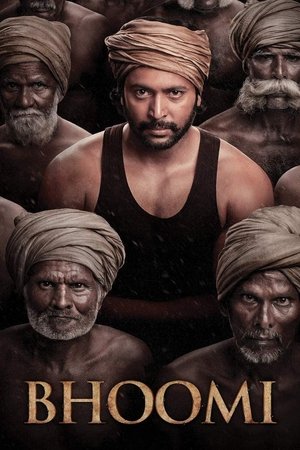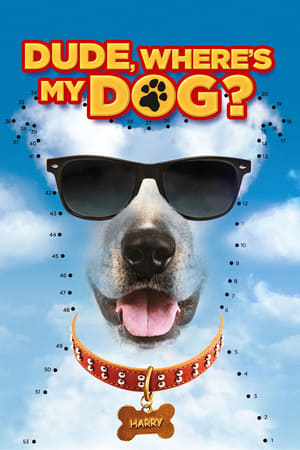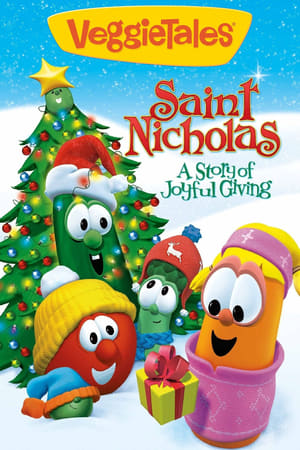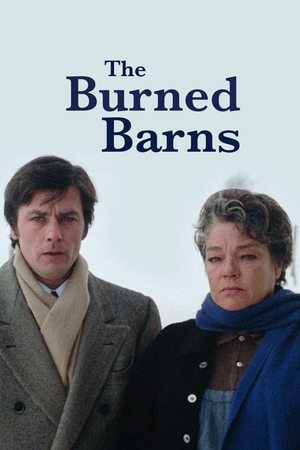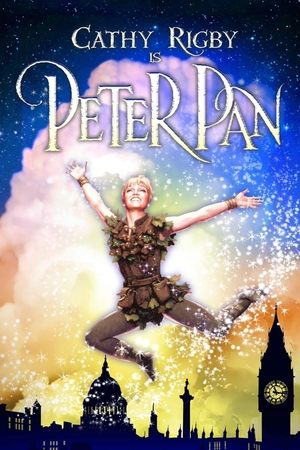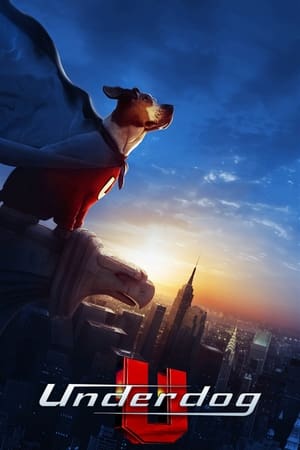Overview
Babe is a little pig who doesn't quite know his place in the world. With a bunch of odd friends, like Ferdinand the duck who thinks he is a rooster and Fly the dog he calls mum, Babe realises that he has the makings to become the greatest sheep pig of all time, and Farmer Hoggett knows it. With the help of the sheep dogs, Babe learns that a pig can be anything that he wants to be.
Reviews
Truly disgusting type of entertainment that inspires vegetarianism! It also has a scene too much to be in a children’s film that reflects on domestic violence (between two dogs). The producers who made this sort of junk were obviously nuts in the head to put such a scene like this into such family oriented film. Please do not watch after seeing this review. You do not especially want to get inspired by such propaganda about using certain animals as food.
**Absolutely wonderful, and suitable for the whole family.**
Usually, people look at this movie as just another movie for kids. This is not my opinion. It is true that it is a fantasy film, with animals that talk and have human postures and behavior. However, it was built and developed in a way that turns out to be very pleasing to adults as well. Perfect to be seen with the whole family, it is a regular presence on television, especially during Christmas.
The script couldn't be more delicious: Babe is a baby piglet who, on his lucky day, was taken from the slaughterhouse where he would inevitably die (as happened to his parents and siblings). The little pig ends up in the hands of the owner of a sheep farm, who thought of fattening him up with the intention of killing him. However, and through a series of funny adventures, the little pig turns out to reveal a special talent for helping to herd the sheep, which will put the natural position of the animals and the reputation of the sheepdogs in the spotlight. Through this story, the film approaches, with humor and feeling, serious questions such as the meaning of life, death, the place of each one in the world, evil, reward and punishment.
Making this film as an animation, traditional or computerized, would have been easy. However, the production made the film with real animals and used technology to perfect the material and file rough edges. At the time, the film received some harsh criticism for making strong insinuations about meat consumption (after all, we are not used to seeing our lunch speak to other animals about the nobility of the food purpose for which it was created), and the truth is that it seems that there were really people to stop eating meat because of this.
If animals are the main protagonists of this film, where do humans come in? It's not the protagonism, I believe, that changes things a lot. The main human role in this film goes to James Cromwell, an extremely competent and talented actor who had no difficulty with his character, the owner of the farm where Babe will live, and who understands how special his piggy is. And despite speaking little, the way the actor communicates with his body and face is excellent. Magda Szubanski also does a good job, and it's interesting to see how the actress has aged so that she can play the character, which is a woman much older than the actress.
Technically, the film is exquisite and achieves some feats worthy of mention. To begin with, the number of animals, trainers and handlers that were used in the film is extraordinary. The logistical effort alone must have been enormous, in order to guarantee not only continuity (they could not all be different animals) but the hygiene and health of the animals. The make-up department, with her work, not only aged Szubanski but she humanized some of the animals, which is no small feat. The film has excellent sets and props, recreating well the childhood imagination and the idyllic bucolic rural life, very different from the life of hard work in the countryside. But what delights and surprises us most is the extraordinary cinematography, with vibrant colors, high contrast and radiant beauty. Although I'm not particularly a fan of mice, they serve their purpose. As for the soundtrack, it is solidly based on pieces from the classical repertoire such as the waltz “The Blue Danube”, by Johann Strauss II, “Cantique de Jean Racine” from Gabriel Fauré's Requiem and, particularly, the adaptation of the most famous chords of the last movement. from Symphony No. 3 Op. 78 for Pipe Organ and Orchestra by Camille Saint-Saenz. It is a piece that seems to have been chosen at random, but that may be explained by the fact that the composer is also the author of the famous work “Carnival of the Animals”, which could very well be here.
Who doesn’t like a bit of Camille Saint-Saëns and his rousing third symphony to get a movie going? It’s the ideal start to this entertaining story that reminded me a little of the “Charlotte’s Web” tale of farmyard antics. It’s the runt of the litter who is destined for the farmer’s table - via a raffle - but “Hoggett” (James Cromwell) senses that “Pig” might be more useful out of the oven than in it! That might be because this young critter is an inherent friend-maker. He chats with the geese, the cattle, the horses and even “Ma” - the cranky ewe-in-chief. Indeed it’s that very skill that alerts the farmer to some rustlers and makes him realise that this could be the world’s first ever porcine flock-herder. With his wife (Magda Szubanski) soon to go on a Women’s Guild trip and the local sheepdog trials looming, perhaps it might be time to check in that rule book - even if your own (now rather jealous) dog “Rex” things you’ve gone barking mad. Now if you’re of a grumpy disposition, you will probably hate the rampant sentimentality on display here, but I’m not and I liked it. The fellow creatures that share his farm, yes - even the annoying mice, all work well together to extol the definite virtues of looking out for each other and for caring. With the bacon slicer never far away, there’s the merest hint of teatime menace now and again but in the main this is just a cheerfully celebratory story that sort of superimposes a pig into a role that can pretty much mean whatever you want it to in terms of animal, surrogate child, pet - you name it. It’s an engaging watch that marries the live acting with the animation creatively and it’s one of those creature features that can make you cringe a little, but it’s still a joyous and charming film that it’s hard not to like.

 92 min
92 min
 6.25
6.25
 1995
1995
 Australia
Australia
 John Critic wrote:
John Critic wrote: